This second blog post focuses on the roadmap of how to implement AI-Proof Assessment strategies in our classes and how can we plan our lessons to avoid as much as possible it taking over the learning process. As inferred, we need a paradigm shift from a product-based assessment (a test, an infographic, an essay, etc.) to a more process-oriented assessment. Project-based learning poses an excellent means to accomplish all the previous elements.
Once a project is decided upon, the teacher will have several opportunities to address assessment in different ways. Let’s take a look:
• Brainstorming. Once students know what they need to accomplish and are divided into working groups, they will need to brainstorm ideas based on a needs analysis (or challenge). It can be performed individually first, and then in groups to make sure everyone will collaborate by providing ideas.
Groups will discuss their individual lists/ideas, identify common themes, prioritize the most important information/activities, and brainstorm solutions for the identified challenges. Then they will need to outline a structure for the next stages. These stages involve the following skills: negotiation, supporting ideas, decision-making, and teamwork.
• Planning and Drafting. Groups develop a detailed plan, including specific activities, times, locations, materials, how-to, to achieve the common goal. They write brief descriptions for each activity. The linguistic component will be created progressively with the teacher.
Groups interchange their agenda / flow chart and other groups provide constructive peer feedback using a feedback sheet focusing on clarity, feasibility, specific language items, etc.
• Visuals and Presentation. Groups refine their initial work based on feedback and prepare their oral presentation about their project. Groups will need to create a visual aid (creativity): a poster, slides, a physical model, a map, etc. –each project will determine the possibilities. The focus will be on clarity and visual communication, not advanced design or tech skills.
Students will also need to assign roles to each member of the team and every member should also have a clear speaking role during the presentation. For this, they will need to create a presentation outline and prompt cards. Groups can prepare brief notes on cue cards to remember key points and vocabulary (not a full script) to guide their presentation. This forces them not to simply read AI-generated text but organize their thoughts in a personalized manner to help them remember.
• Presentation and Q&A Round. Each group presents their work to the class and the teacher in turns (oral performance and improvisation). Meanwhile, peers are encouraged to write down questions or comments about their presentation (critical thinking). After the presentation finishes, peers ask questions and make constructive comments (improvisation, oral performance). Responding to unforeseen questions based on their work is a pivotal element to determining if there was a real learning of the content.
This infographic below will show you what types of deliverables can be assessed by the teacher, always focusing on the process, not just the final product!
To conclude, the strategies and the roadmap for lesson planning will help teachers identify if students can demonstrate genuine understanding and ability to apply their language in real-time, real-life situations, as well as analyze, evaluate, and create new content/knowledge. With these ideas, hopefully we can overcome AI-generated products and boost students’ language performance.
T0 dieron "Me gusta"Publicado en Blog


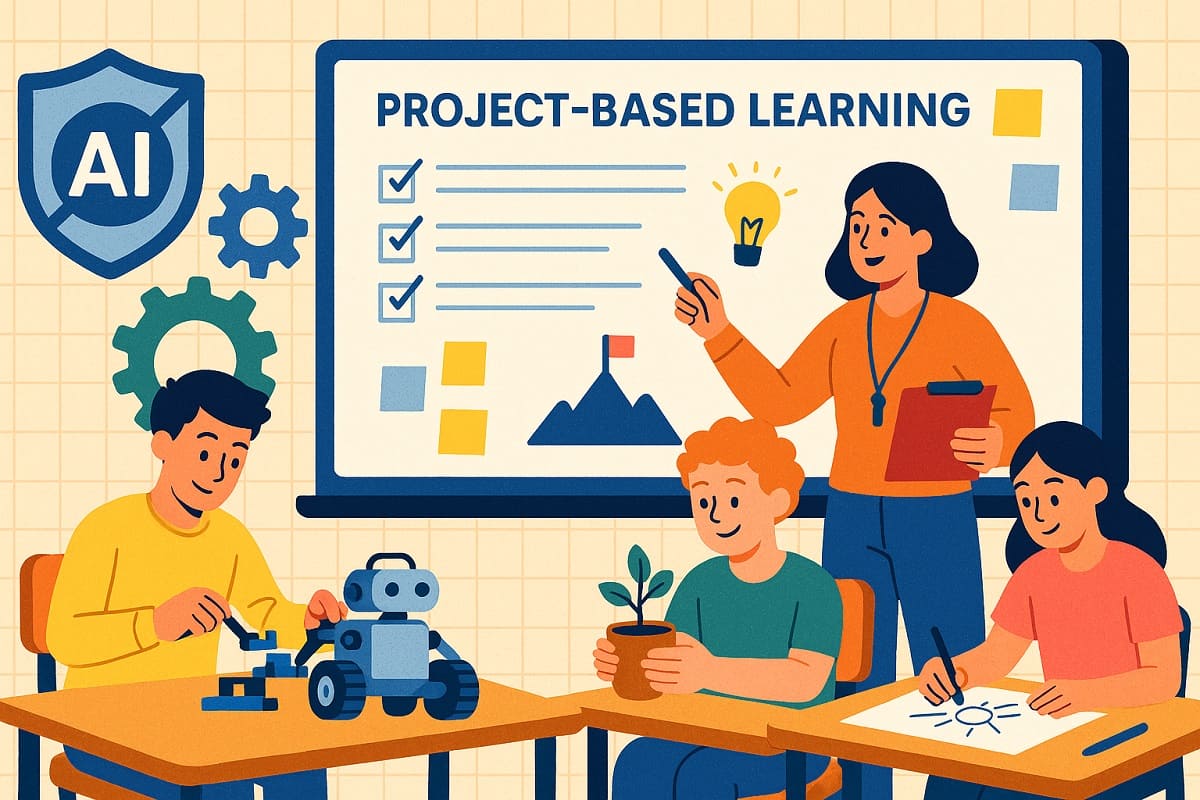
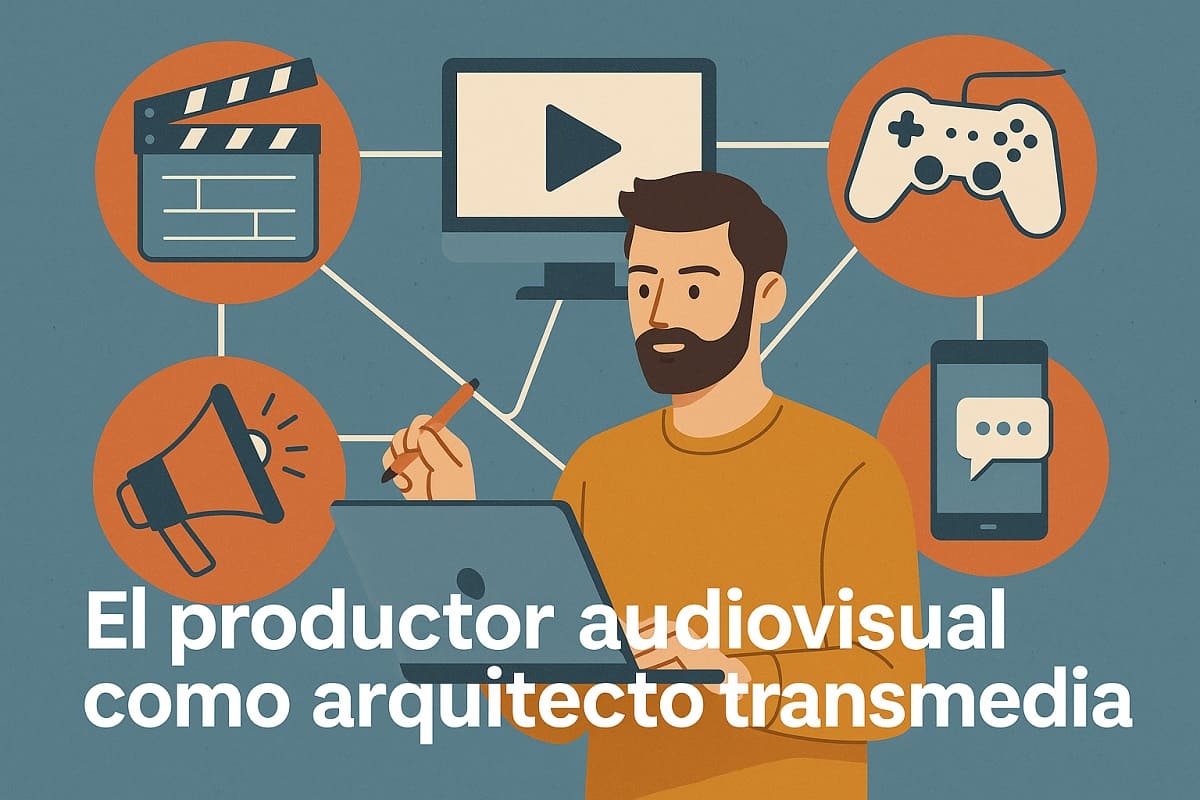

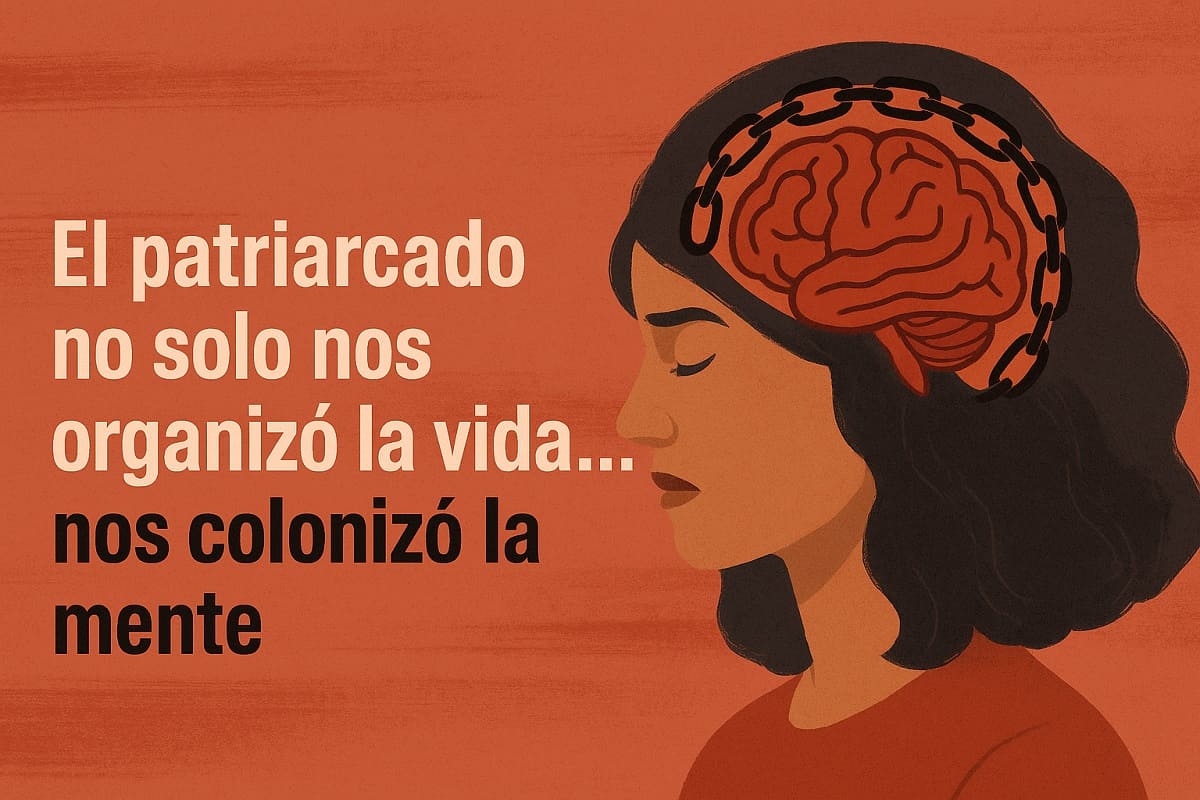
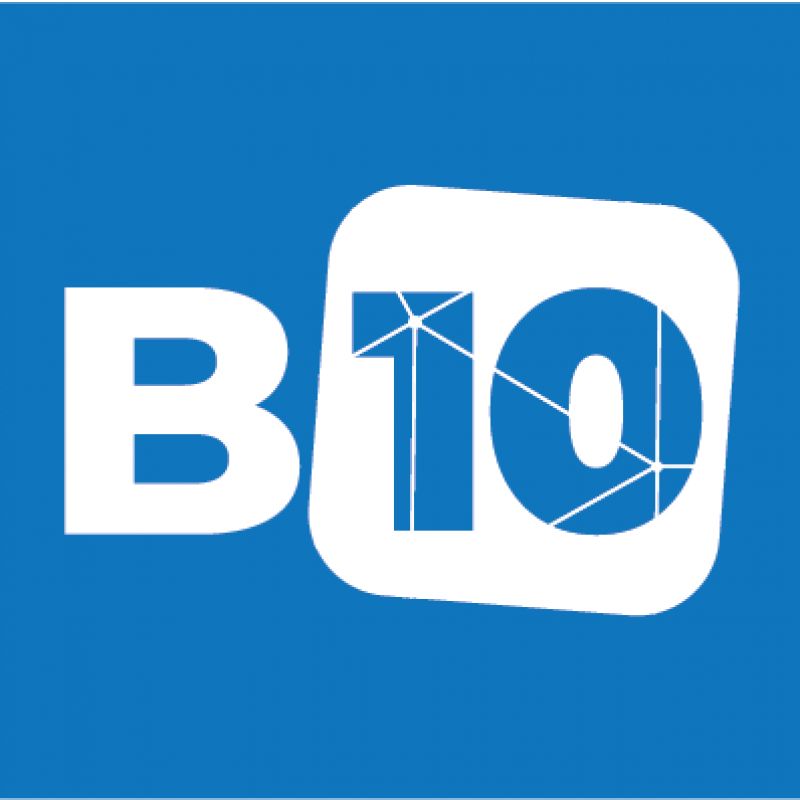
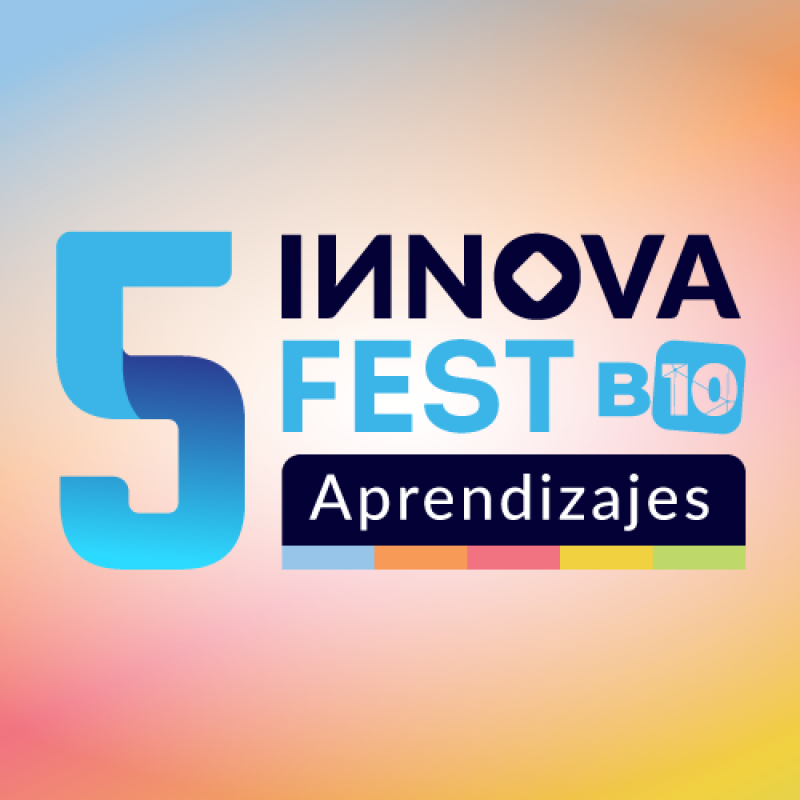
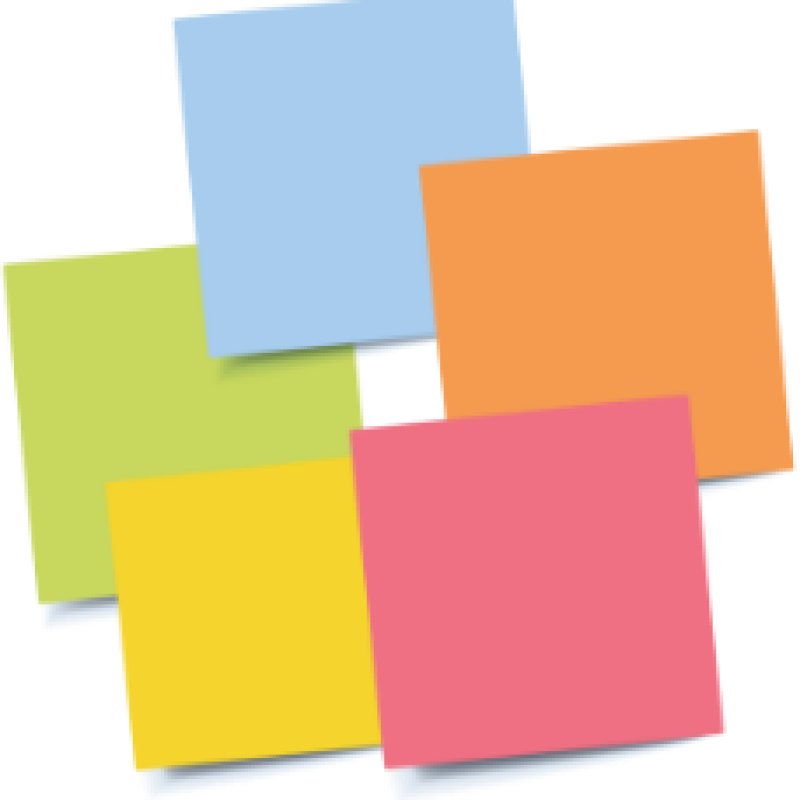
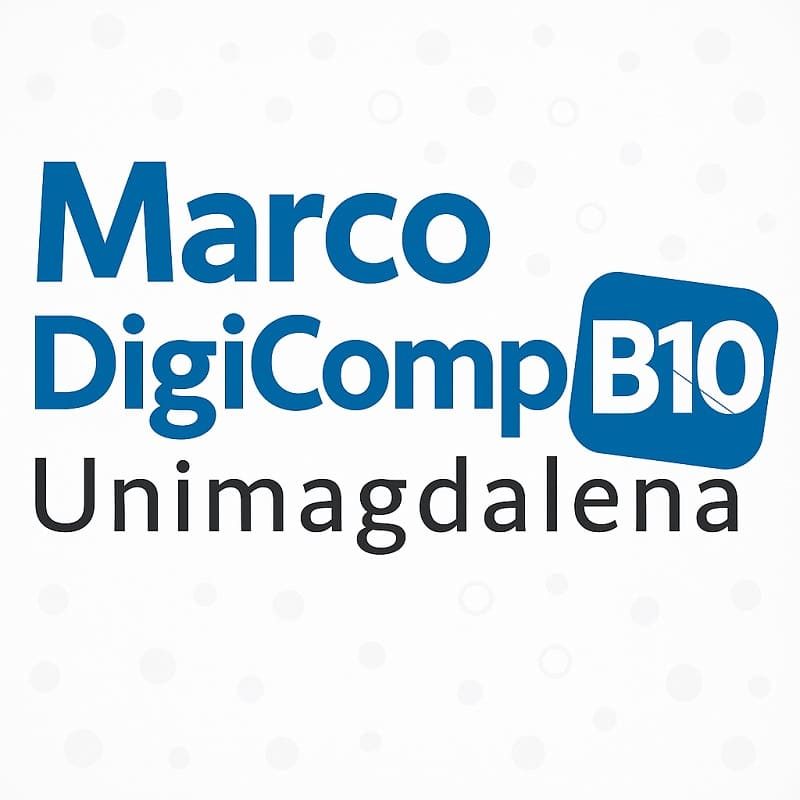
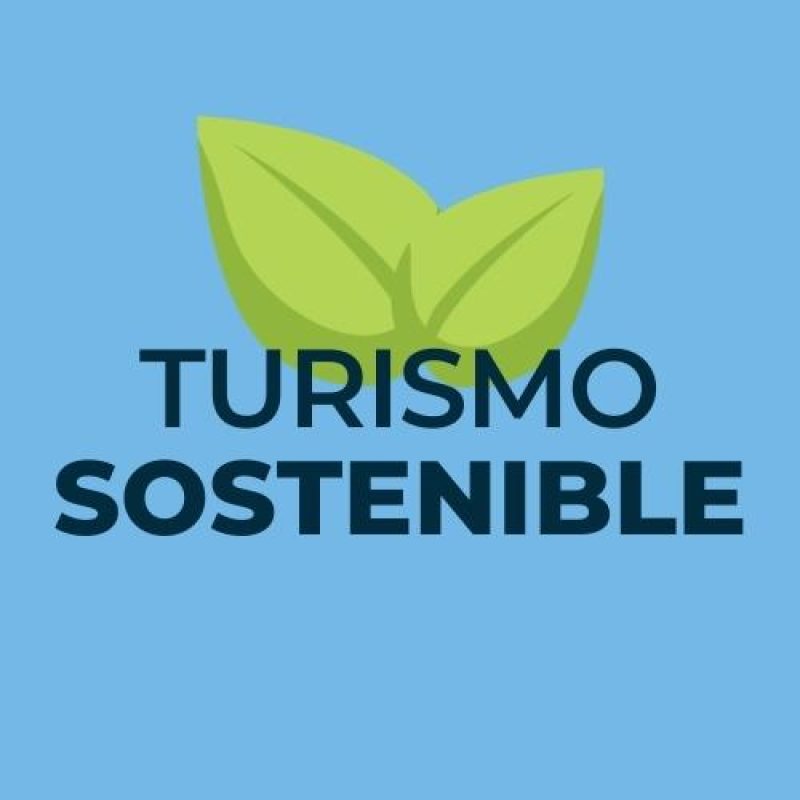
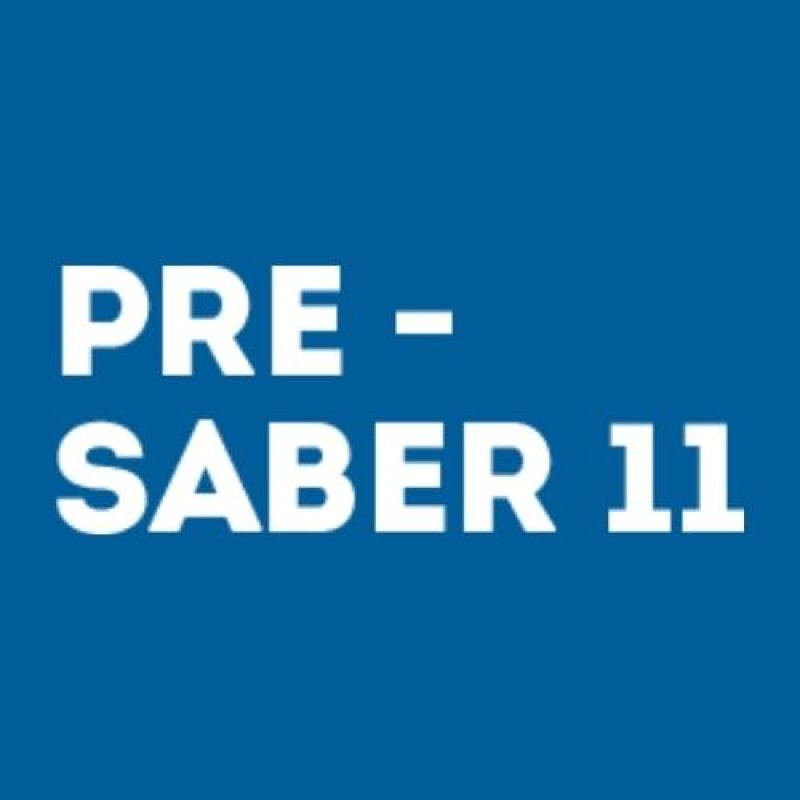
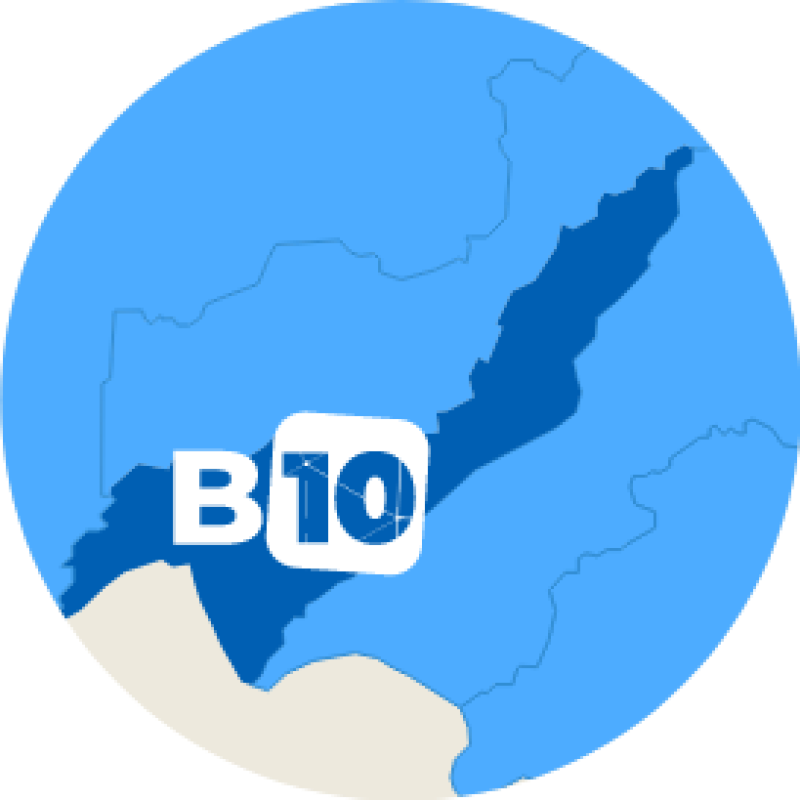
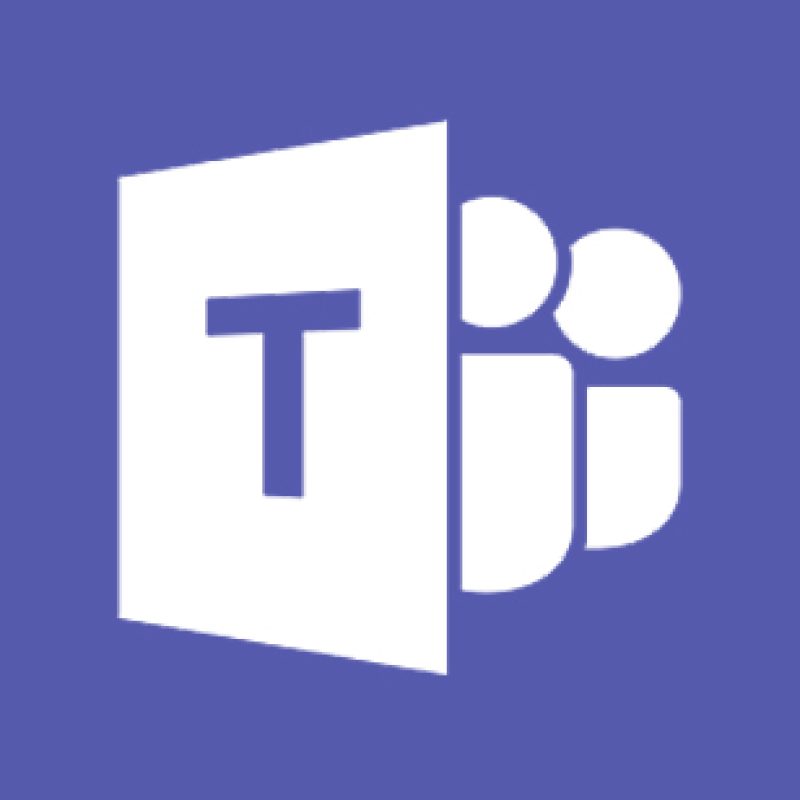

Comentarios